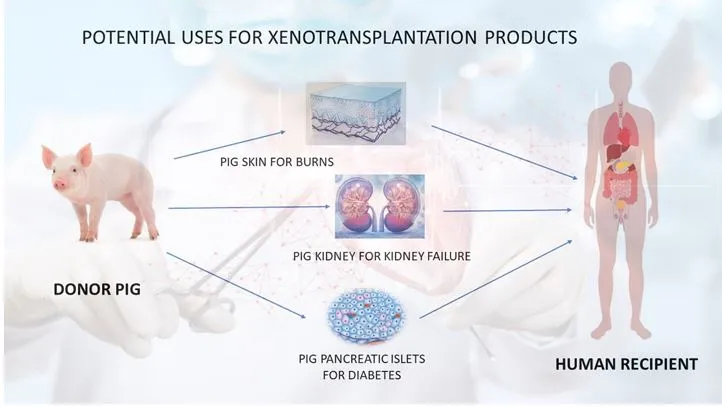

Context
The first recipient of a modified pig kidney transplant (Xenotransplantation) passed away, around two months after the surgery was carried out. However, his death was not linked to the transplant operation.
About Xenotransplantation
- Xenotransplantation involves transplanting organs or tissues from nonhuman animals into humans to treat various medical conditions.
- It addresses the shortage of donor organs and aims to save lives by providing alternative sources for transplantation.
- Xenotransplantation encompasses procedures where live cells, tissues, or organs from nonhuman animals are transplanted into human recipients.
Fact Box: Organ donation in India
|




